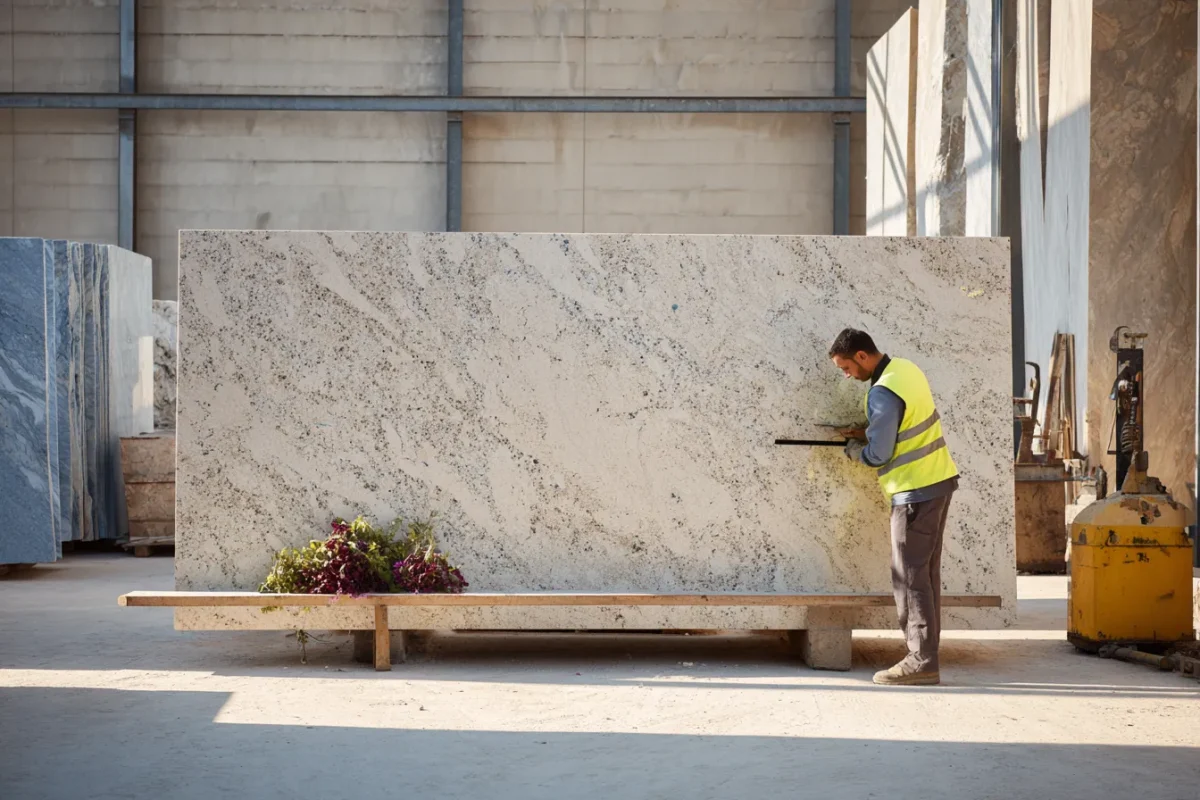- Kitchens
- Design Ideas
- Cities
- Trends
- Guides
- Price Calculators
- Our PortfolioNEW
- More
- Home
- Trends
- Construction
- Materials
- Types Of Sand Used In Construction
Different Types of Sand Used in Construction
Construction sand is one of the most important ingredients in preparing the best construction bond. Several components combined make the perfect sand, being the commonly used reinforcement material; sand can be easily condensed. Doing the simplest of jobs like installing and changing some floor tiles also requires some sand for binding and grouting. The sand is usually mixed with other building materials like cement.
Table of Content
You don't have to worry about not knowing what your civil engineer is talking about; we have all the necessary information about types of sand in this blog!
What is Construction Sand?
Sand is a natural material that is obtained from areas like rivers, seas, beaches and deserts. Sand is grainy coarse material which consists of particles cut down from the rocks over time. The most common and vital component of sand is silica (Silicon Dioxide), usually found in the form of quartz.
Particles of sand are coarse than silt and finer than gravel. According to the Bureau of Indian Standards (BIS), the size of sand particles ranges from 0.075 mm to 4.75 mm.
Qualities of a Good Sand
There are certain qualities that different types of sand must have.
- Sand should be thick and granulated
- The particles of types of sand should be strong and long-lasting
- It should not be mixed with any dirt, clay or dust.
- Different types of sand used for construction should not contain any salts or organic materials.
- The size of the sand shouldn’t be the same
- The sand should be free of any water or absorbent material.
Types Of Sand
Sand is classified into a myriad of types of sand for construction. This is based on the size, colours, shape, location, texture and structure of particles of types of sand used in construction.
Consult the different types of sand below which are extensively used in construction.
1. Concrete Sand
Source: Pinterest
It is a kind of sand crafted from beaten concrete with a totality of asphalt and cement. It is beaten withinside the quarry and filtered to do away with huge rock chunks. Mixing sand and water with it reduces its crudeness and is utilised in balancing base layers, building strolling paths etc. Since the grains of this sort of sand are petite, it is favourably used to construct ofter structures. This type of sand offers essential bonding to the bottom of a building. When combined with cement and water, the strong mass may be used to fill the voids among coarse quantities.
Also Read: Various Types of Construction Waterproofing
2. Fill Sand
Source: Pinterest
As the name suggests, this type of sand is primarily used as a filler. It is a blend of sand grains and is the main base material for concrete, large hole filling, paving, etc.
The importance of fill sand is the property of showing benevolence that makes it an invincible base material for building. Also, the sand filling is much more beneficial when building in damp regions, as it acts as a backfield to solve drainage problems around septic tanks.
3. Utility Sand
Source: Pinterest
Specifically used for construction; this type of sand is made from the high-quality industrial quad. The excellent compression quality and outstanding mechanical properties make it a top-class building material. It is also non-reactive, which means it can be used in corrosive environments as well. The presence of 100% natural minerals in the form of uniform grains, provides the building with long-term stability and durability.
4. Coarse Sand
Source: Pinterest
The most common type of sand used in buildings in India is Coarse sand. Coarse sand is ideal for embedding pipes and septic tanks. It is used as the foundation material for concrete slabs and concrete paving, traction sand for roads and sidewalks, and making a mix with topsoil and mulch as a lawn topcoat. It can be easily mixed with water, aggregates and even cement to form large concrete structures.
Also Check: How Many Types of Pipes Used in Construction
5. River Sand or Natural Sand
Source: Pinterest
As the name suggests, this type of sand is found in river banks and streams. River sand is naturally acquired sand which has a whitish-grey tone to it, commonly used in masonry and concrete work. Besides, this type of sand is also utilised in plastering brick walls, RCC work etc. The natural type of sand consists of 5-20% silt and is pocket friendly. The grain texture in this type of sand is a better grain shape and requires less water use.
6. M-Sand or Artificial Sand
Source: Pinterest
Short for manufactured sand, M-sand or Artificial sand is a type of sand used in construction in India. Factory-made and replaced river sand throughout the build. Desirable quality sand is always needed for all types of construction. Since it is made from crushed hard granite, it is possible to reduce the transportation cost of sucking up sand from the river bed. Angular sand particles contribute to its strength and increase water requirements which can be further compensated for by adding cement. Being man-made, there are no sealed oversized materials or impurities. It is readily available on the market and is known to provide excellent durability and high tensile strength in concrete. In addition, it eliminates construction defects and is sand that can be constructed at low cost and in India, available for construction.
7. Pit Sand
Source: Pinterest
Having excellent bonding properties makes it ideal for building construction. Commonly found 2-3 meters underground, pet sand is a core sand type that is naturally mined from deep pits. The exceptional binding properties of these sand grains are based on the fact that they are salt-free and do not react with atmospheric moisture. The particles are sharp, angular, and rough, and appear reddish-orange due to the presence of iron oxide in them. Buildings made of this sand have greater strength and rigidity.
8. Fine Sand
Source: Pinterest
Fine sand is the most popular sand used for plastering walls and creating fine finishes throughout interiors. Fine particles make the wall smooth and strong from the core. As a result, your wall colours will stand out more for years to come. However, fine and crude sand is used to make the walls more concrete and withstand heavy building construction.
Make the Choice
These are some of the most popular and most commonly used types of sand used in construction. This might not feel so important to learn about the types of sand used in construction but it is essential to choose the right material that goes in your house.
Consult the experts at Interior Company to learn more about design and construction.
Ready for a home transformation?
Let our designers assist you!
Recent Posts
The best type of sand for construction is concrete sand, as it is widely used for concrete mixtures and also for bedding pipes. The texture is larger than any other different type of sand.
One of the finest types of sand is called mason sand.
The most valuable among the different types of sand is Zircon sand – as zircon is an expensive component it is rated higher than any other type of sand.
The finest among the different types of sand for flooring is fine sand which is a mixture of natural sand and crushed stone sand.
Related Category
- Exterior Design
- False Ceilings
- Furniture
- Tips and Advice
- Walls and Texture




































